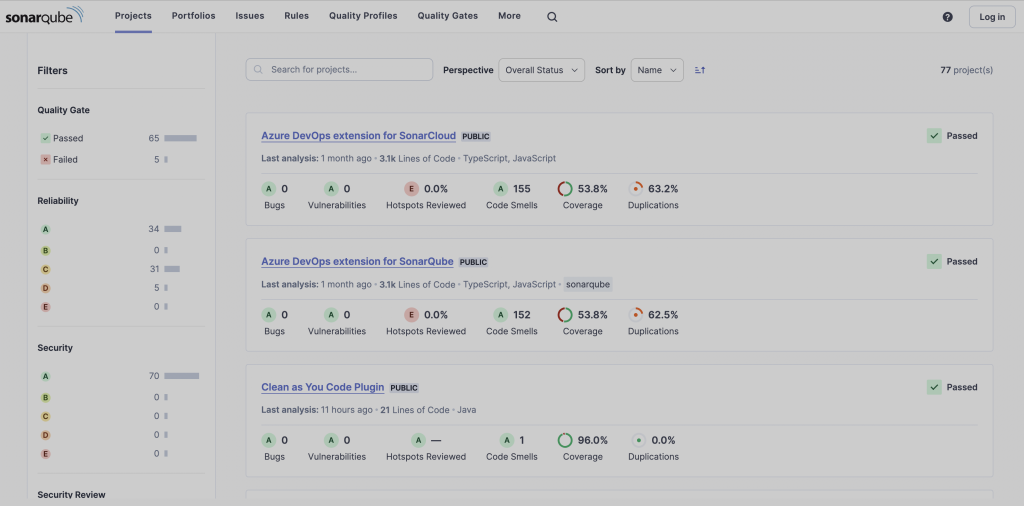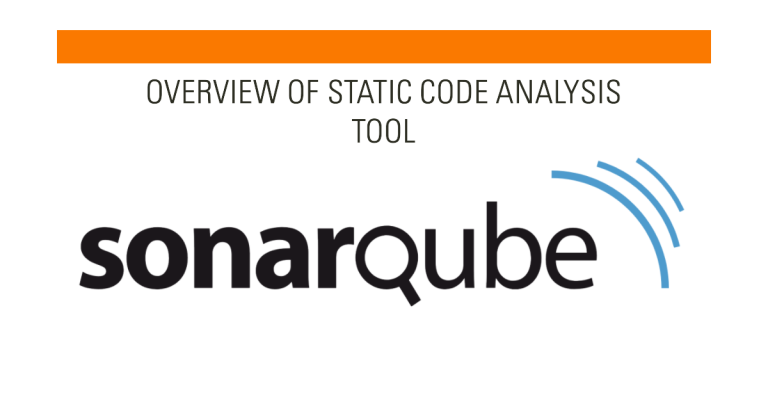In today’s digital age, ensuring code quality is paramount. Enter SonarQube, a leading code analysis tool with Software and Cloud offerings. SonarQube is an open-source platform used for continuous inspection of code quality. It analyzes and reviews code, detecting bugs, vulnerabilities, and code smells across multiple programming languages, thereby enhancing software reliability and maintainability.
Table of Contents
SonarQube Unveiled: Beyond the Basics
SonarQube, at its core, is a Code Quality Assurance tool designed to ensure that your software meets the highest standards. Its prowess lies in its ability to seamlessly combine both static and dynamic analysis tools, providing a comprehensive overview of your code’s quality. But that’s not all. SonarQube boasts support for a wide array of languages, ensuring that diverse projects can benefit from its capabilities. Furthermore, its integration features ensure that it can effortlessly fit into most development ecosystems, making it a preferred choice for many.

Code Quality: The Pillar of Exceptional Software
Good code isn’t just about getting the job done; it’s about getting it done right. Quality code possesses several characteristics: it’s readable, maintainable, efficient, and free from errors. But how do we ensure our code checks all these boxes? This is where code analysis tools come into play.
There are two primary methods of code analysis: static and dynamic. While static code analysis examines the code without executing it, identifying potential vulnerabilities and errors, dynamic code analysis observes the code’s behavior during execution, pinpointing runtime errors and inefficiencies.
Among the myriad of tools available for static code analysis, some have gained significant traction in the developer community. Tools like Checkstyle, PMD, and FindBugs have become synonymous with ensuring that the code not only functions as intended but also adheres to best practices.
By integrating tools like SonarQube and understanding the essence of code quality, developers can craft software that stands the test of time, ensuring longevity and user satisfaction.
SonarQube’s Edge: Features that Set It Apart
In the vast ocean of code quality assurance tools, SonarQube emerges as a beacon of excellence. But what makes it the go-to choice for developers worldwide? The answer lies in its unique features and undeniable benefits.
At the heart of SonarQube is its comprehensive dashboard, a one-stop solution for all your code quality needs. This dashboard doesn’t merely highlight bugs; it delves deeper, shedding light on coding rules, test coverage, API documentation, and more. It’s a holistic approach to code quality, ensuring that every aspect of your code is up to the mark.
Moreover, SonarQube’s focus on trends and metrics offers invaluable insights into the evolution of your code quality over time. By tracking these metrics, teams can identify areas of improvement, ensuring that their code remains top-notch throughout the development lifecycle.

Embarking on the SonarQube Journey: A Step-by-Step Guide
Ready to integrate SonarQube into your development process? Here’s how you can get started.
SonarQube offers various editions tailored to different needs, from the Community Edition for smaller projects to the Enterprise Edition for large-scale applications. Choose the one that aligns best with your requirements.
Installation is a breeze with SonarQube. Whether you prefer downloading a Zip file or using a Docker image, SonarQube caters to both preferences, ensuring a smooth setup process.
Once installed, analyzing a project is straightforward:
- Configure your project settings.
- Run the SonarQube scanner.
- View the results on the SonarQube dashboard.
With these simple steps, you can ensure that your code meets the highest standards of quality. Also, see your detailed guide on configuring SonarQube for Java projects.
SonarQube’s Blueprint: Architecture and Seamless Integration
SonarQube isn’t just another tool; it’s a meticulously crafted platform with multiple components working in harmony. At its core, SonarQube comprises analyzers, a database, and a server. These components collaborate to scan, store, and present code quality metrics.
Integration is where SonarQube truly shines. It effortlessly melds with various development tools and platforms, ensuring a cohesive workflow. To integrate SonarQube into a production environment:
- Install the SonarQube server.
- Configure your CI/CD tool to run the SonarQube scanner post-build.
- Review results on the SonarQube dashboard.
Conclusion
In the realm of code quality assurance, SonarQube stands tall. Its comprehensive approach ensures that every line of code is scrutinized, guaranteeing top-notch software. For teams aiming for excellence, integrating SonarQube is not just a choice; it’s a necessity.

